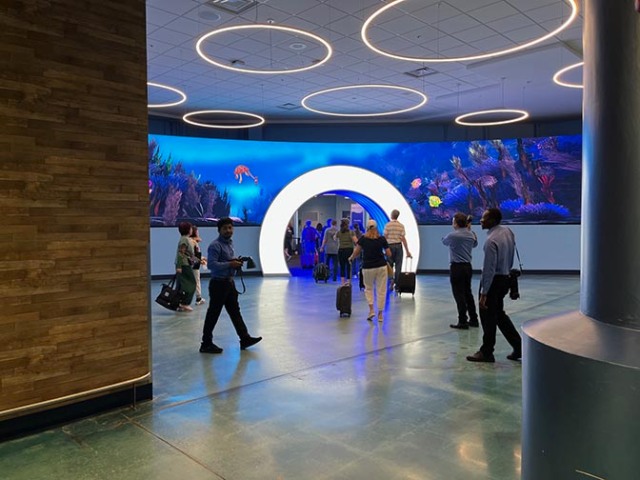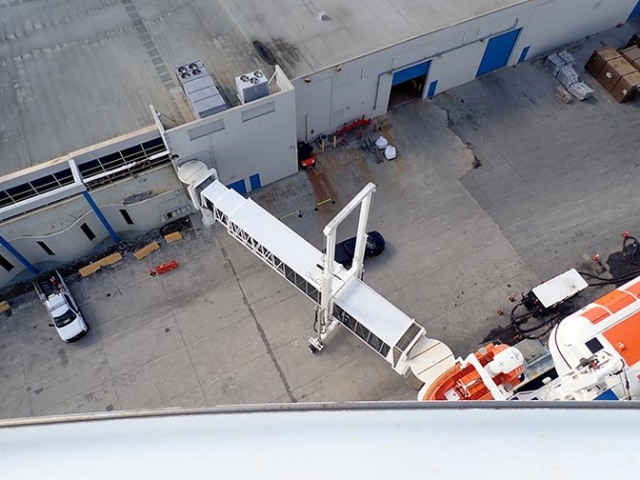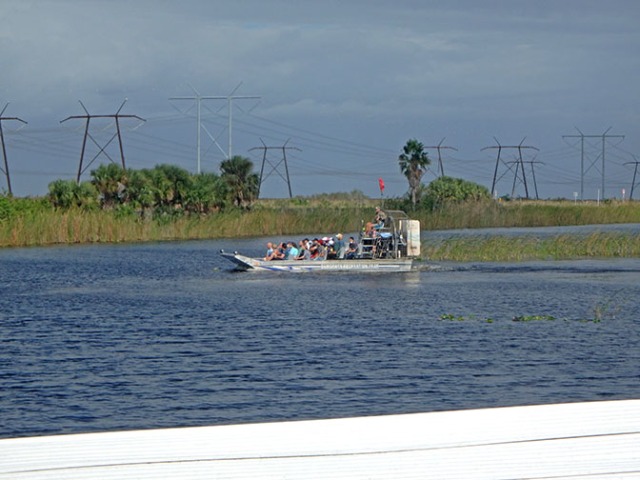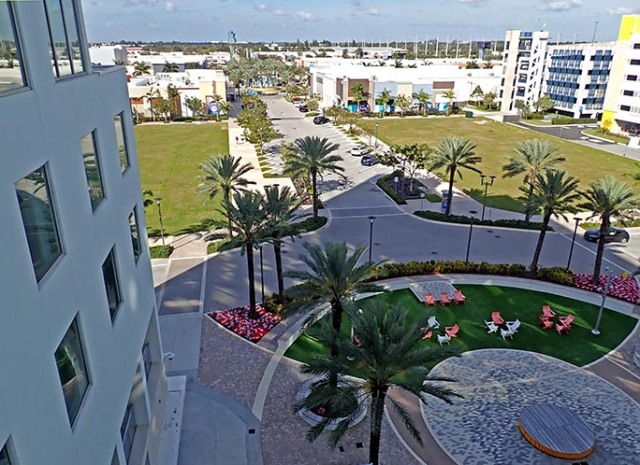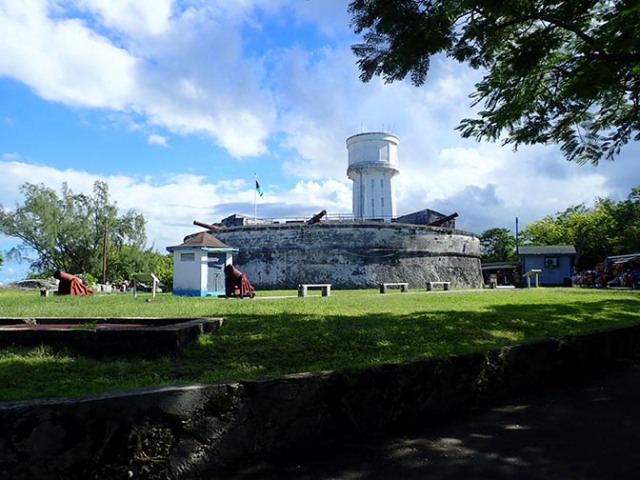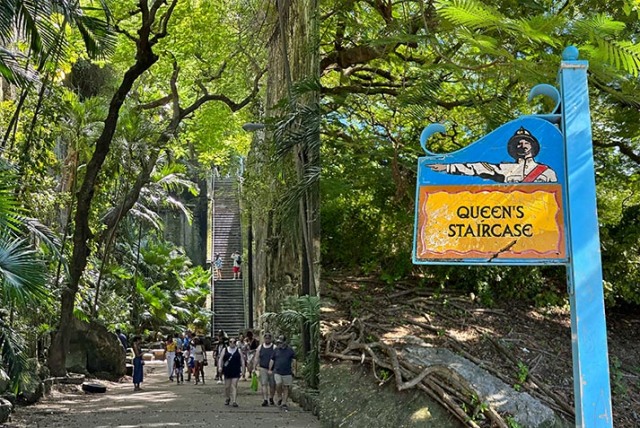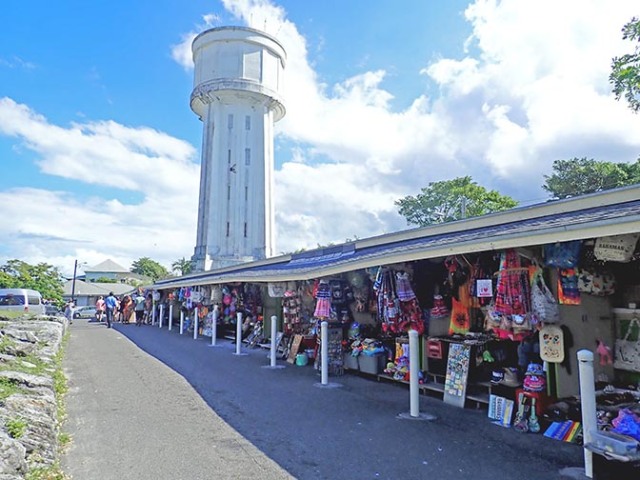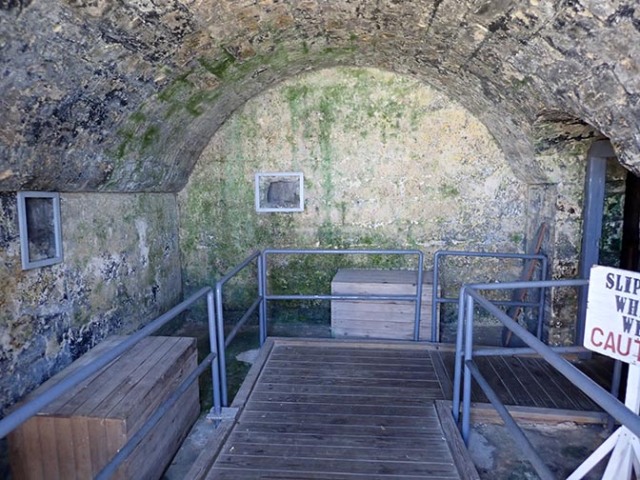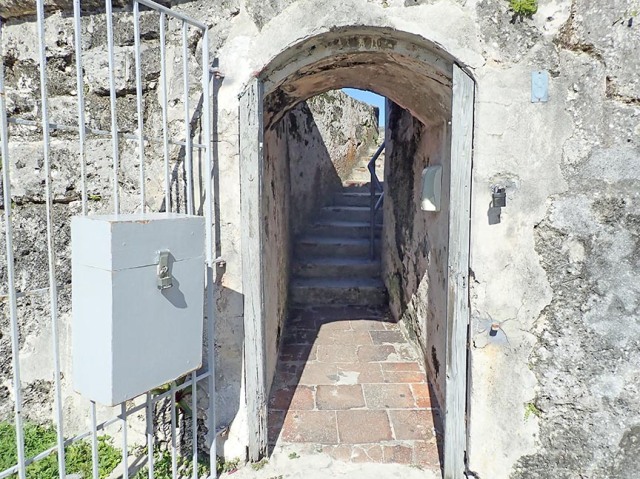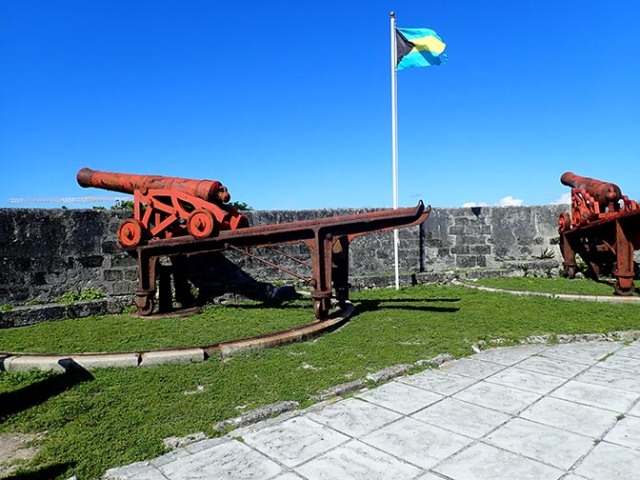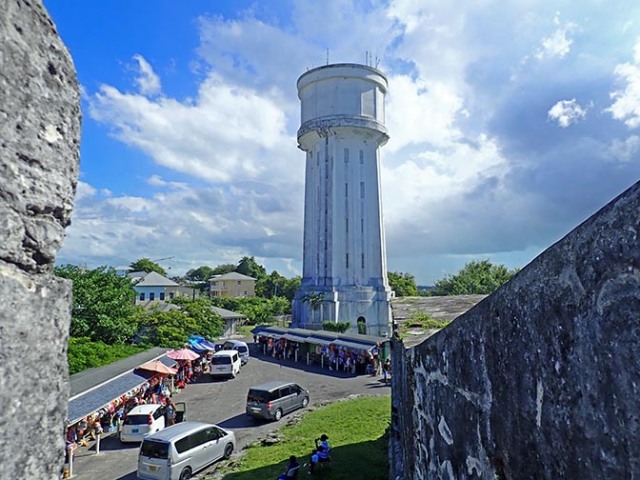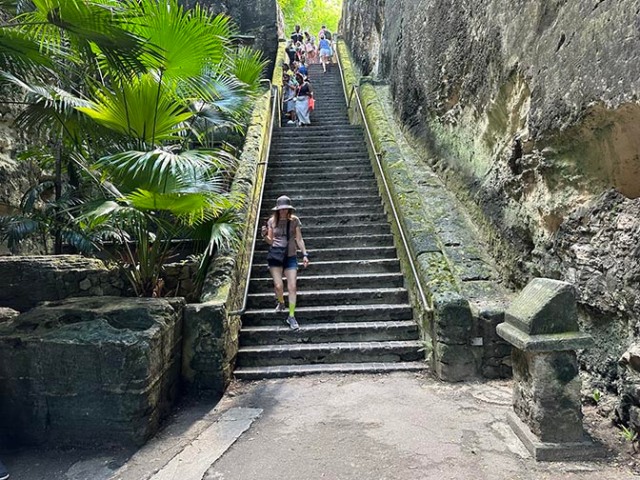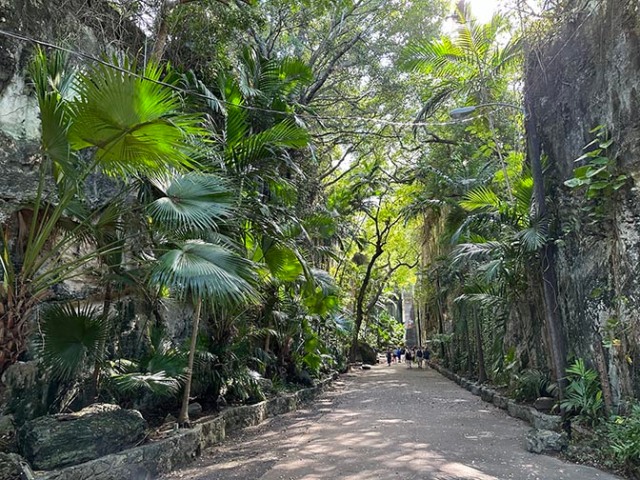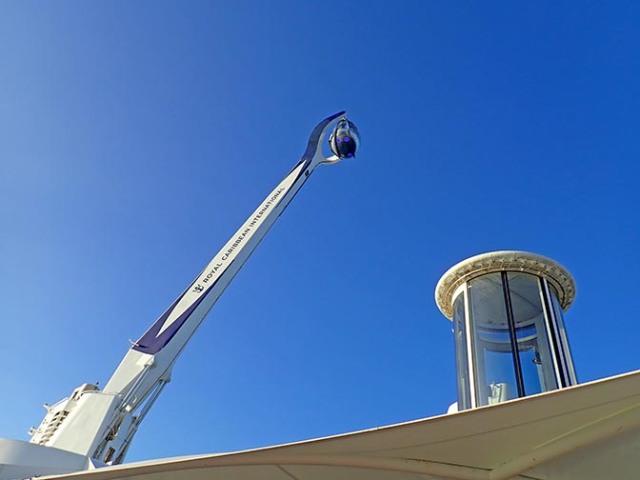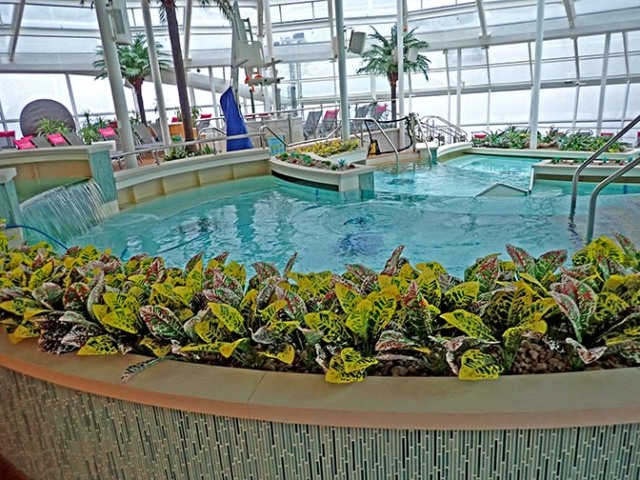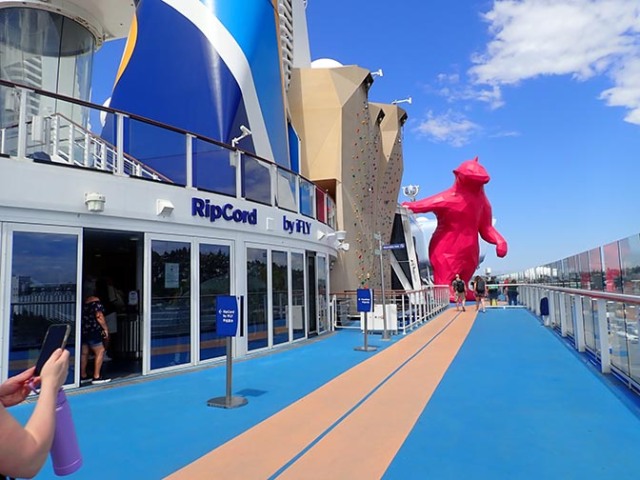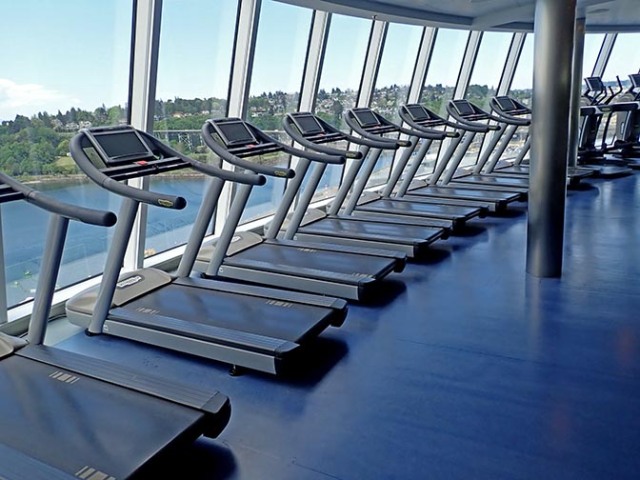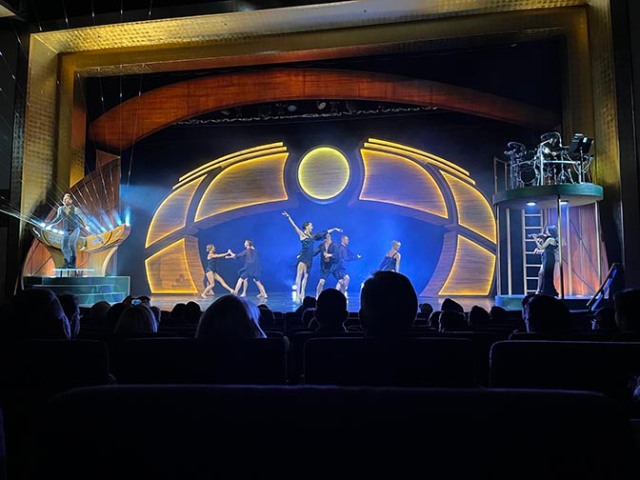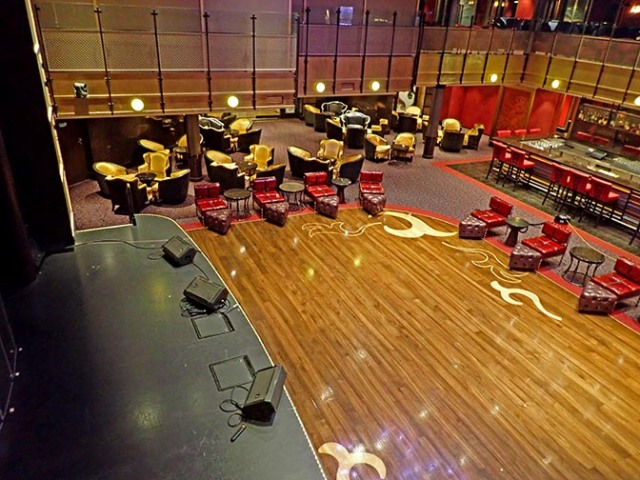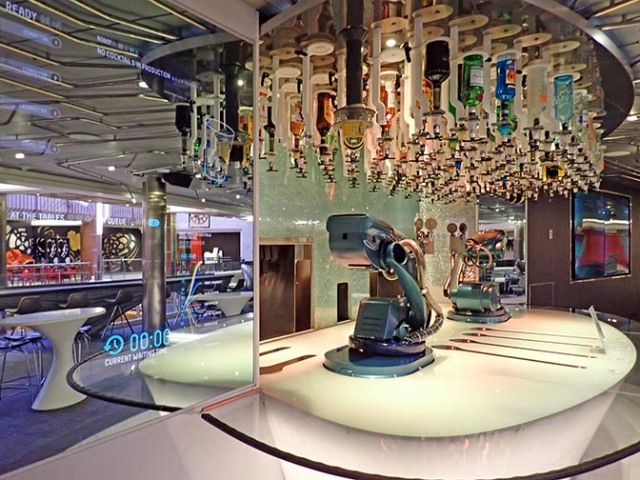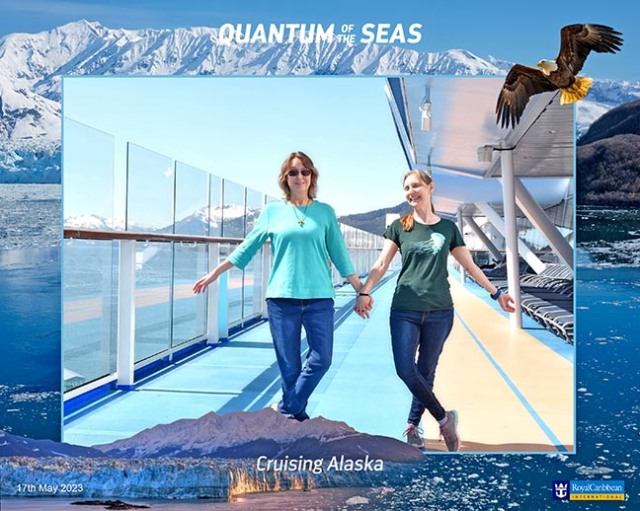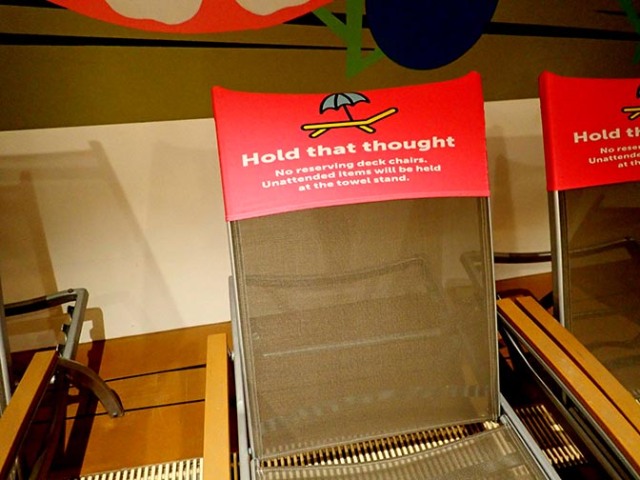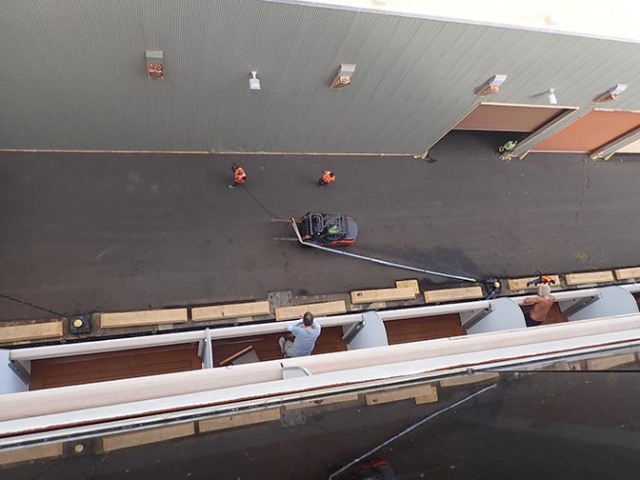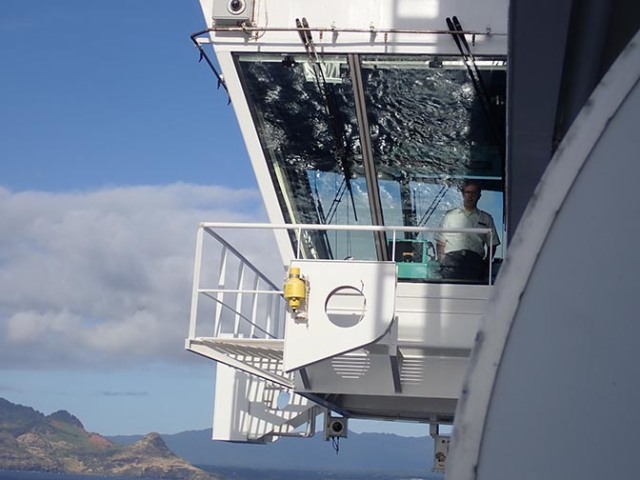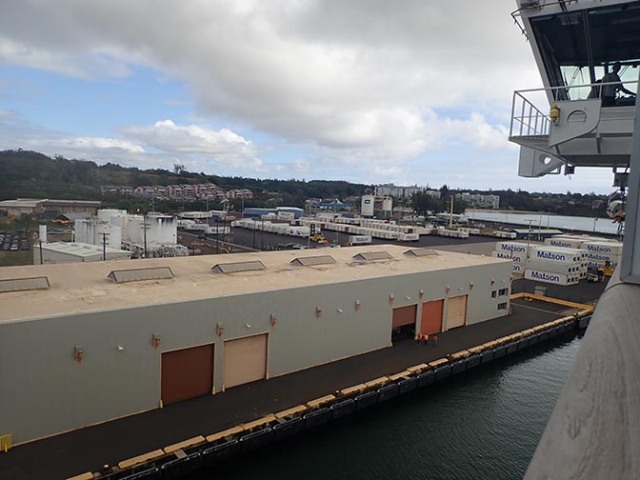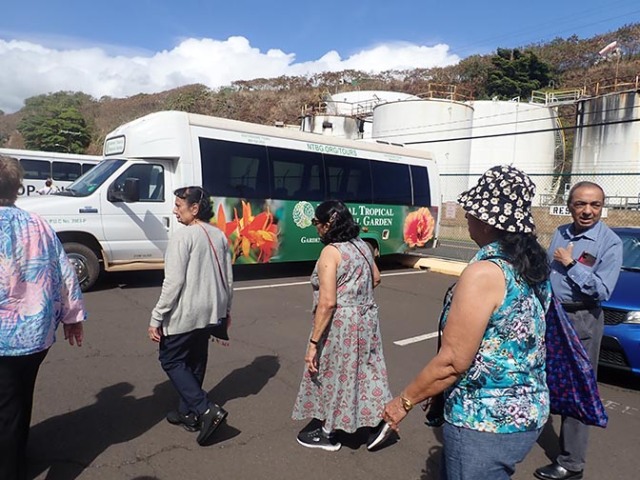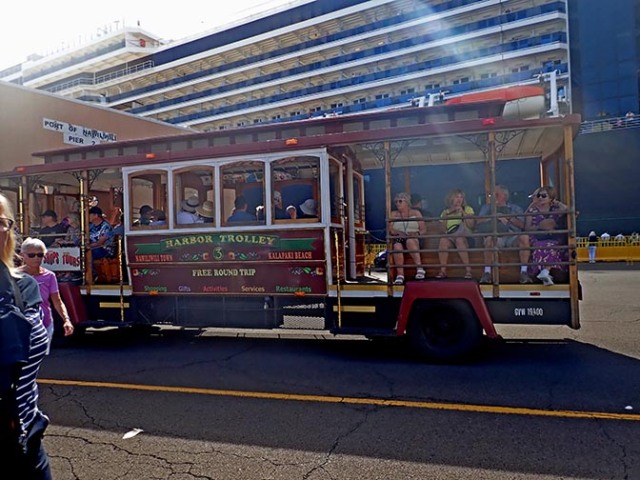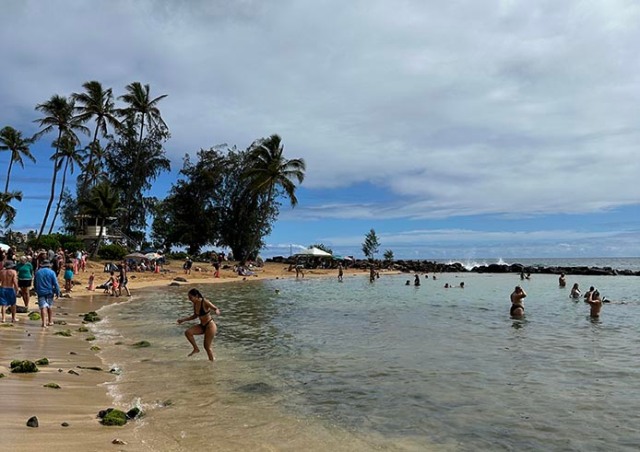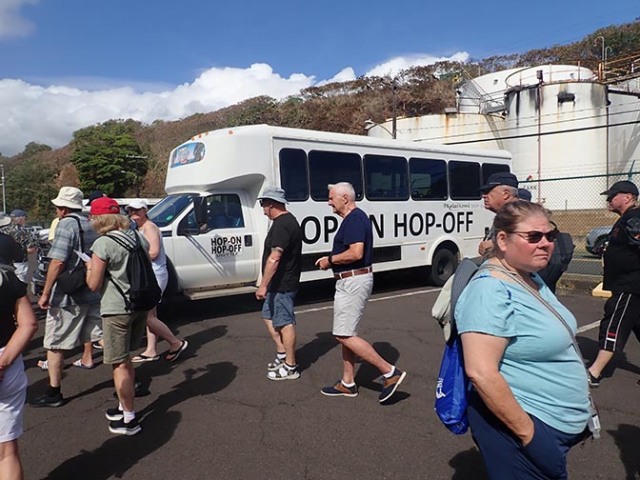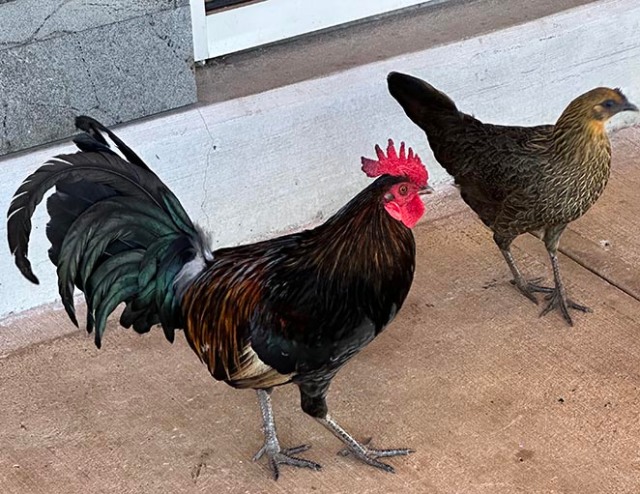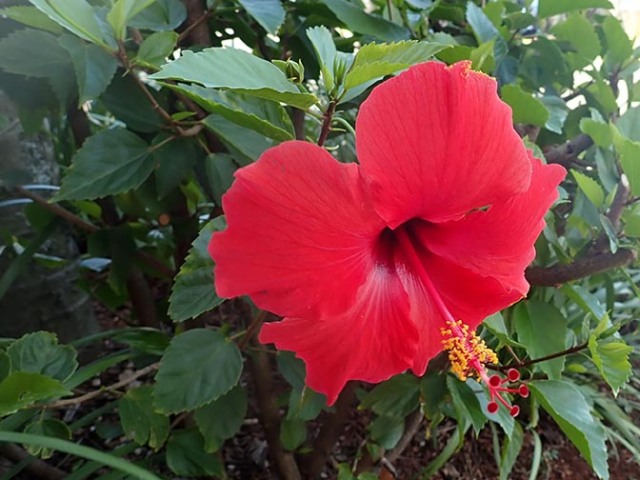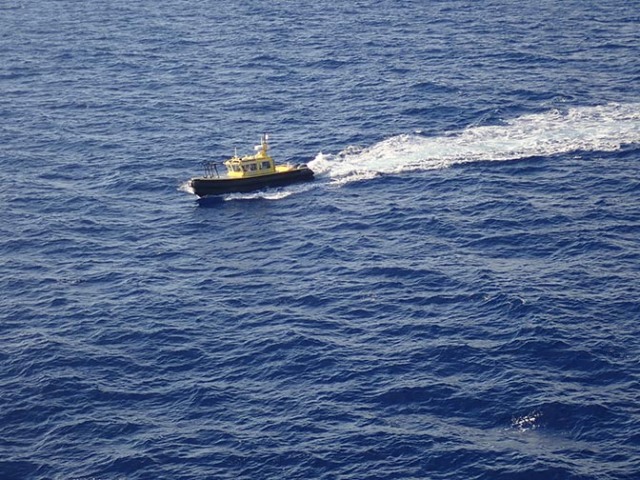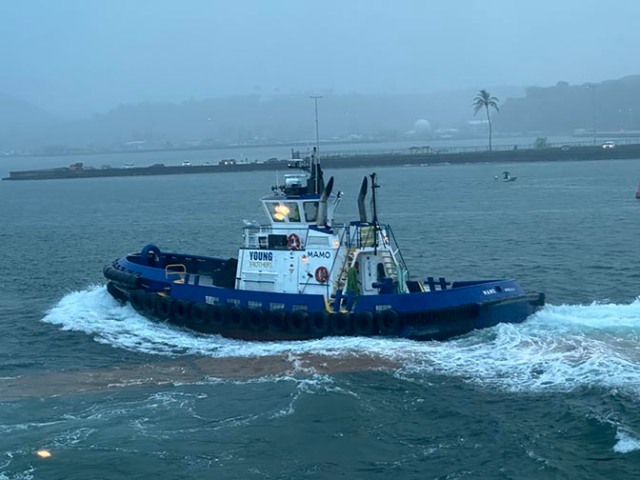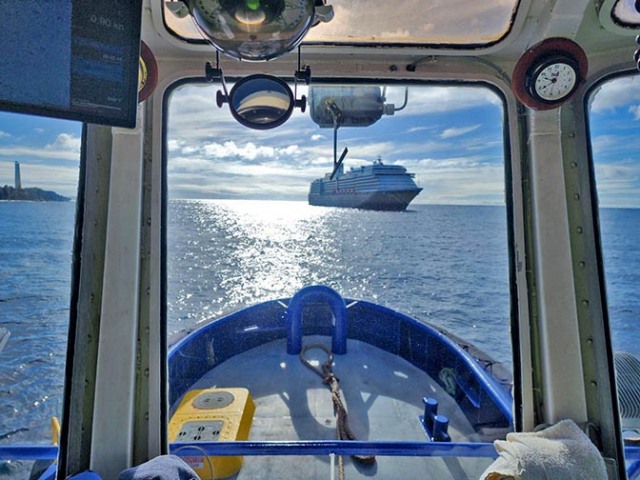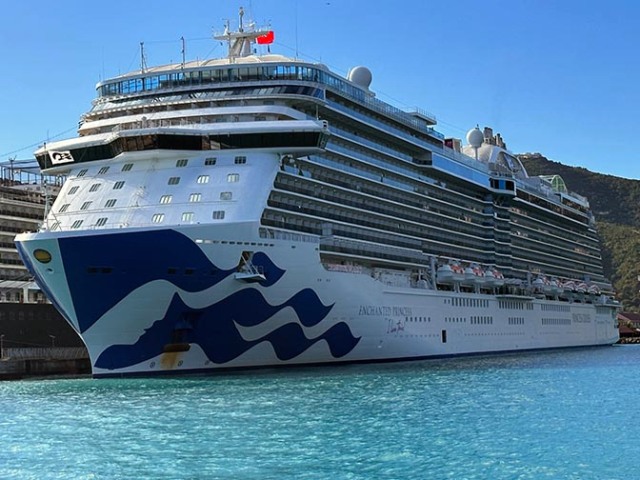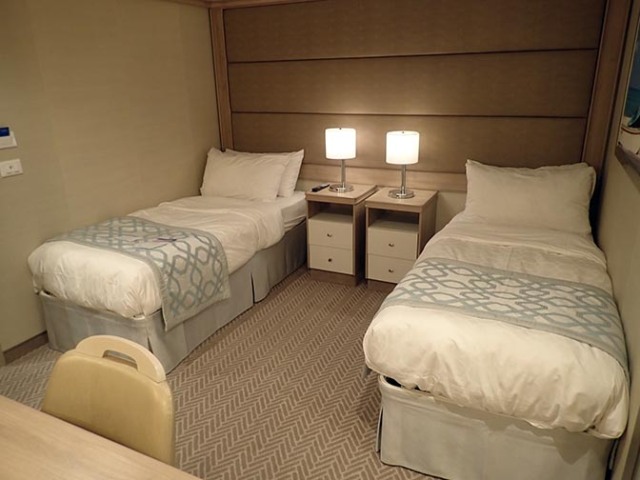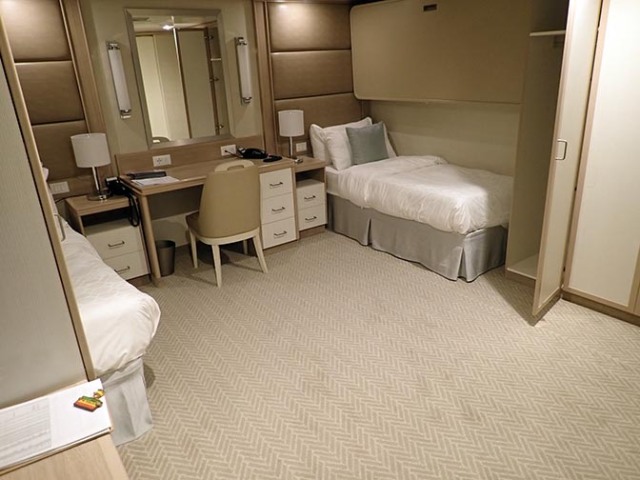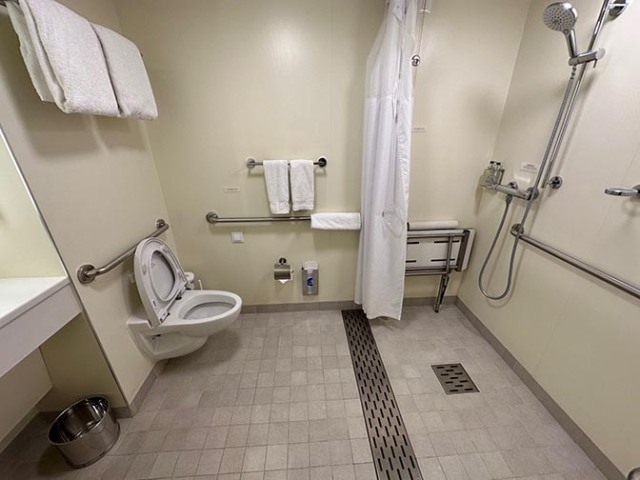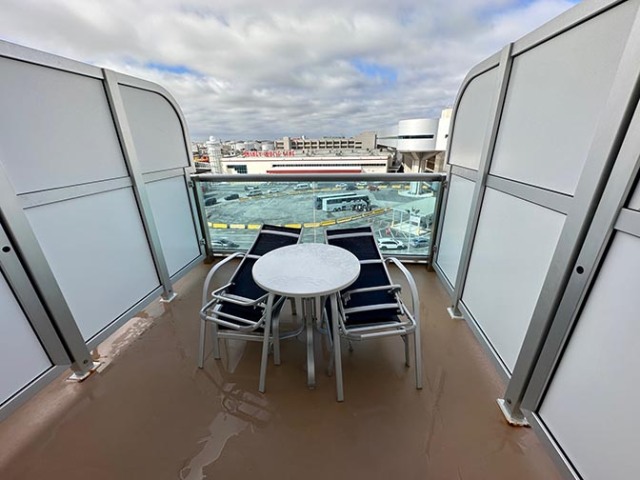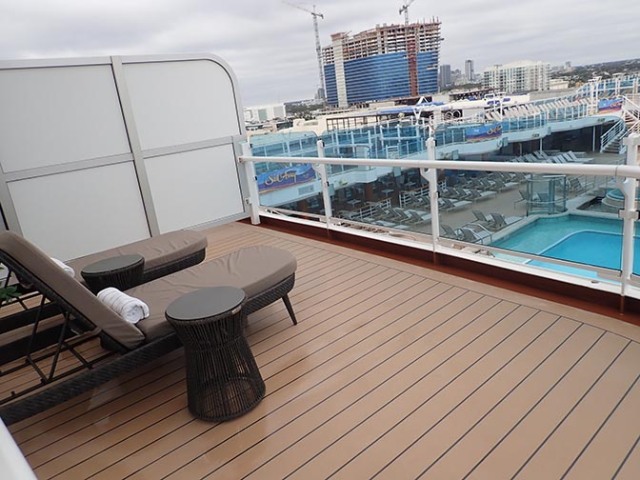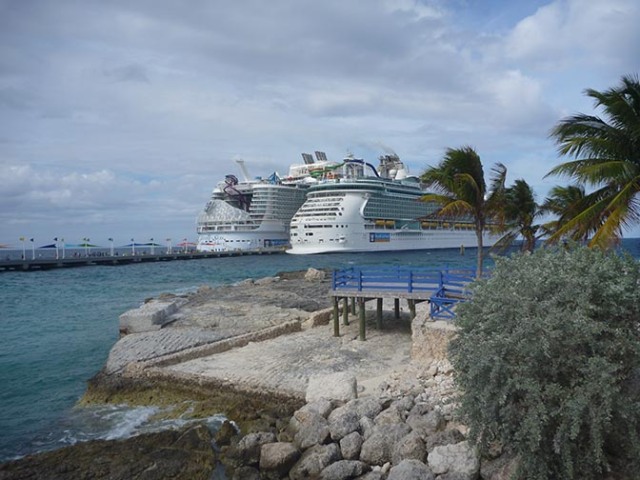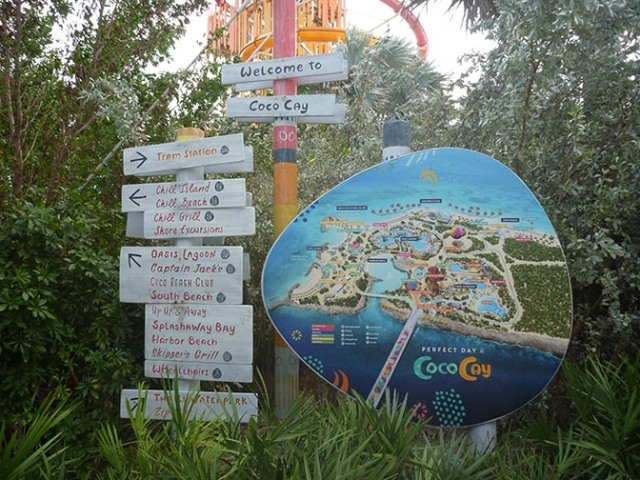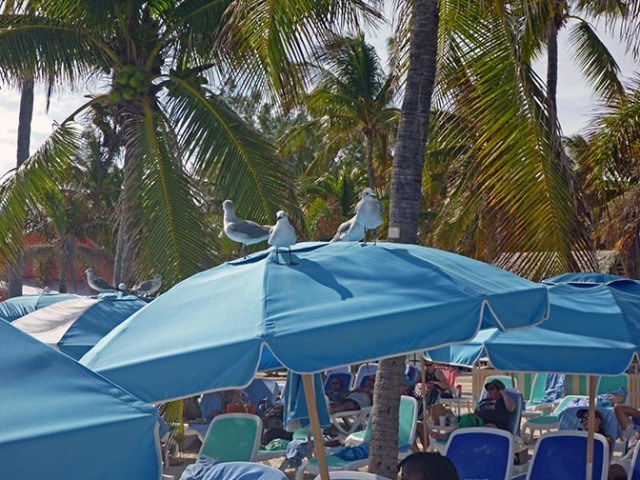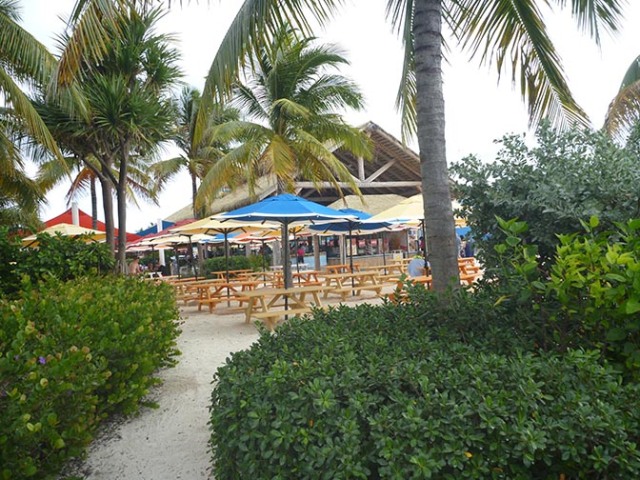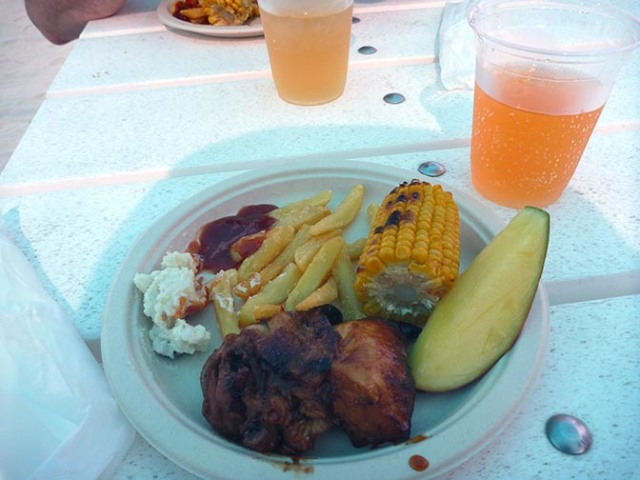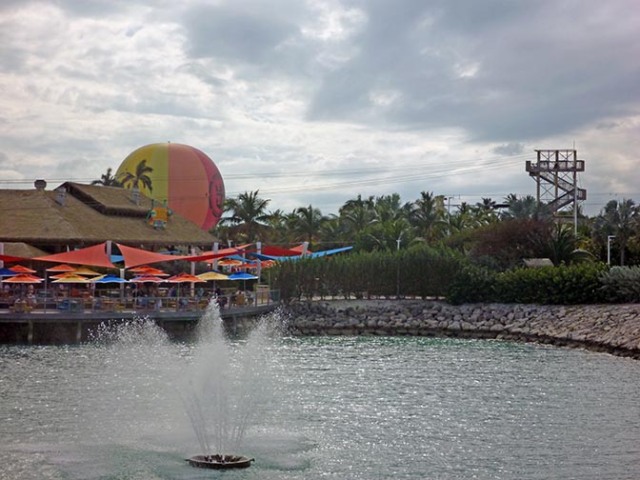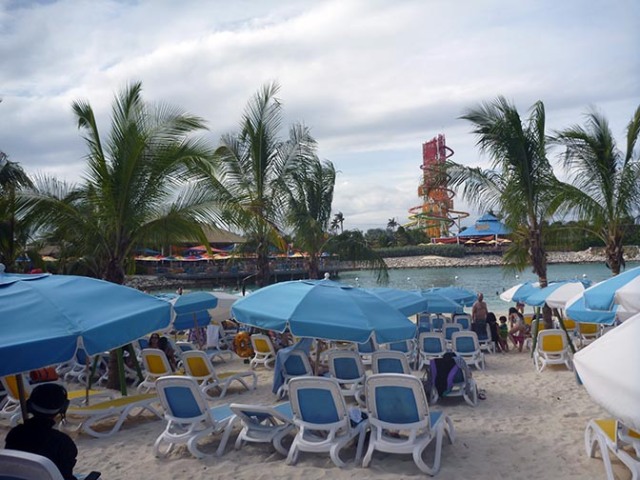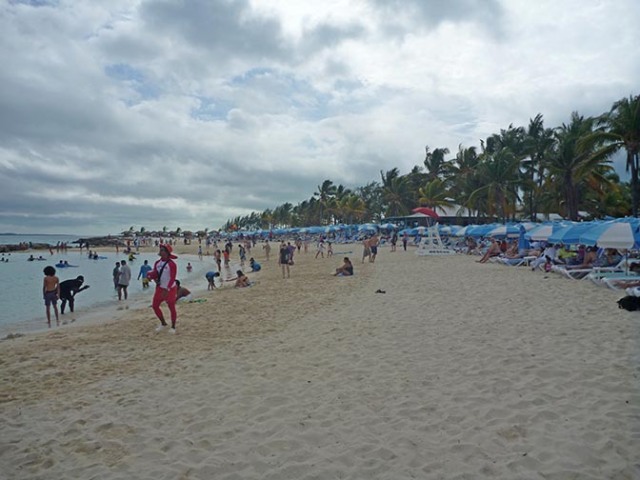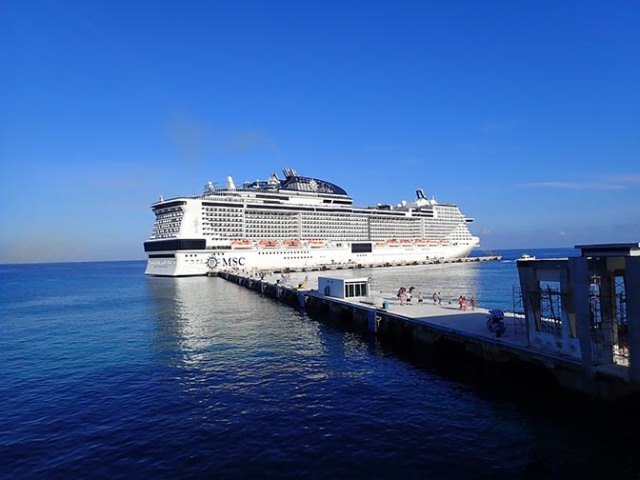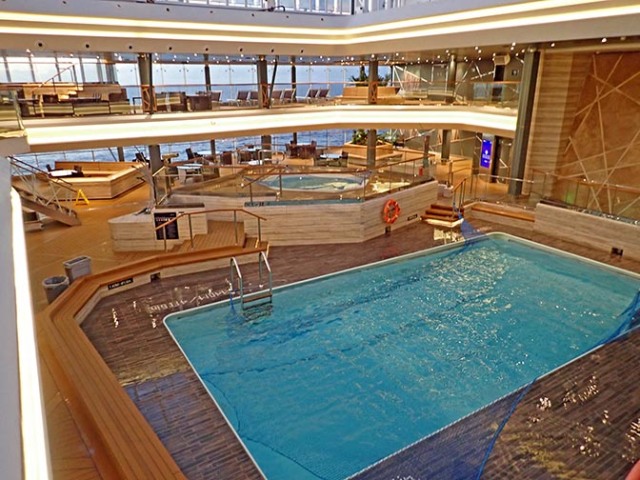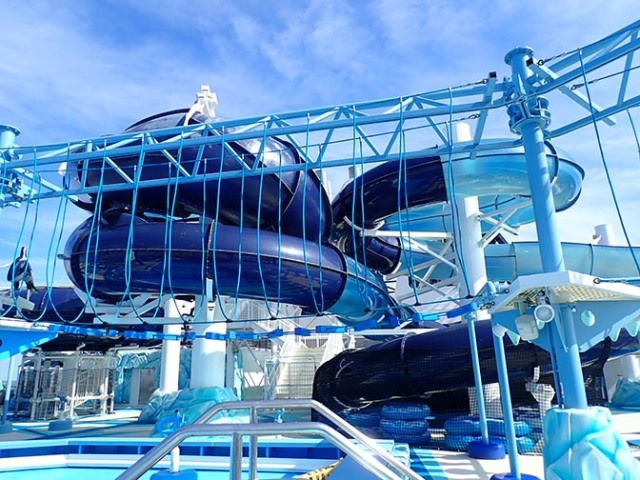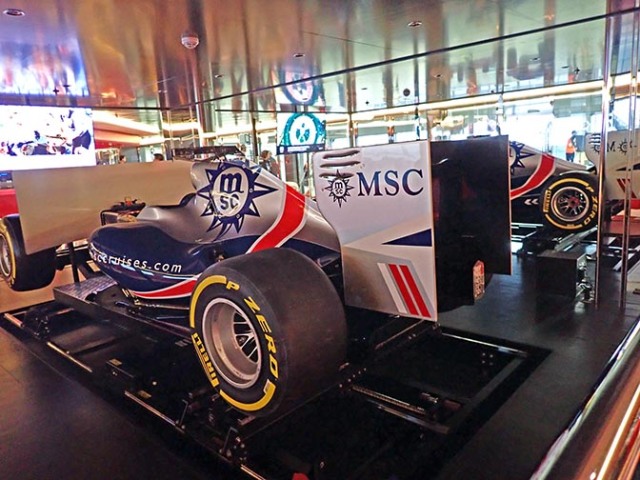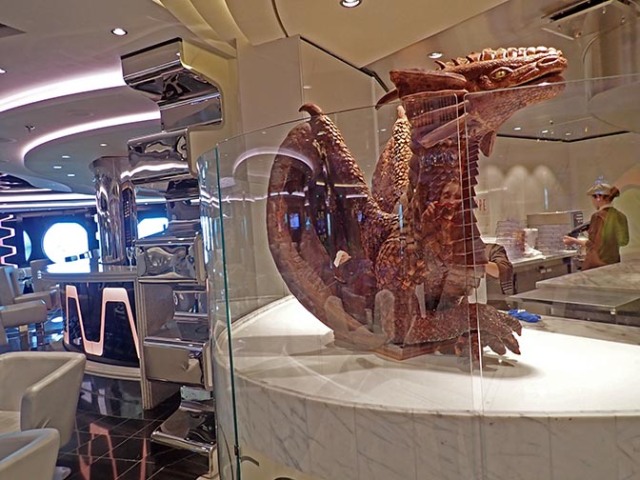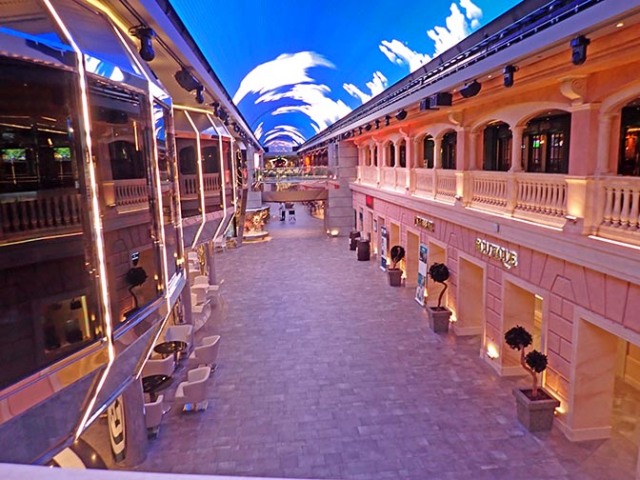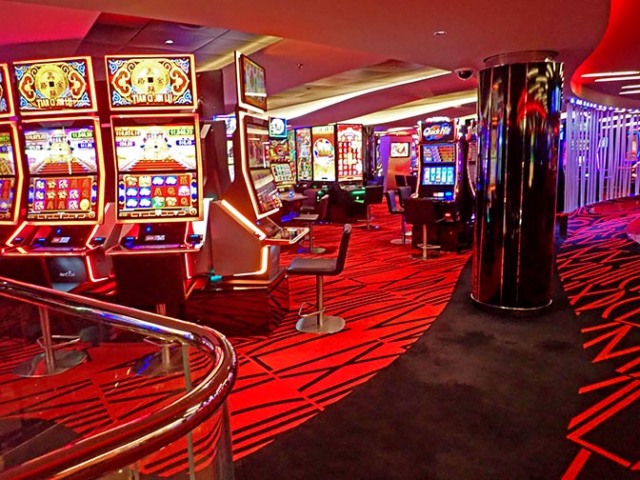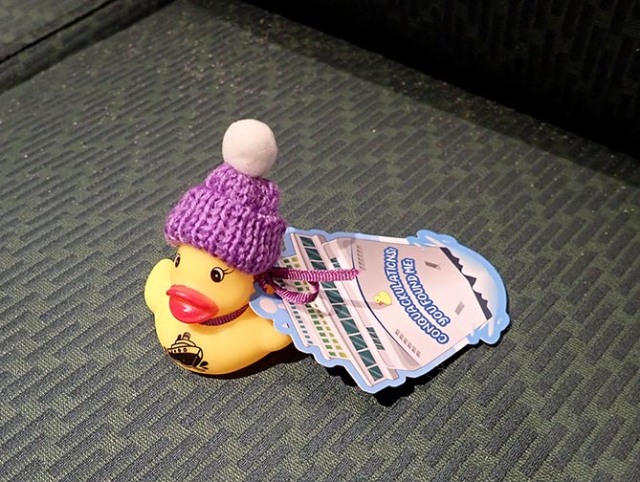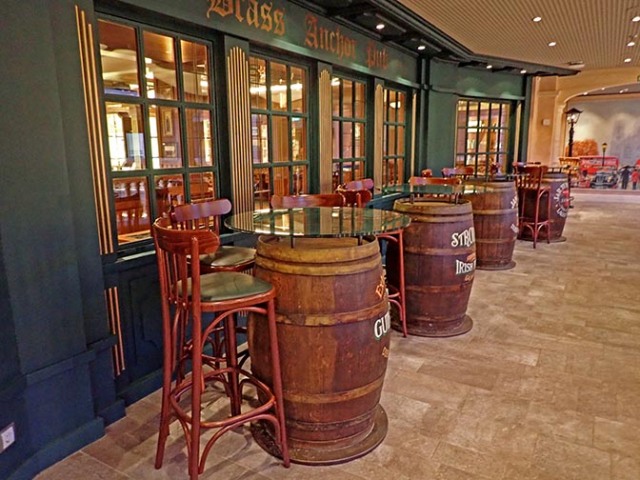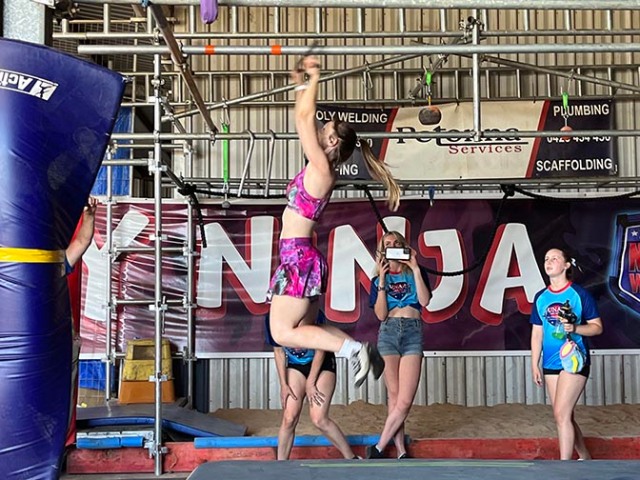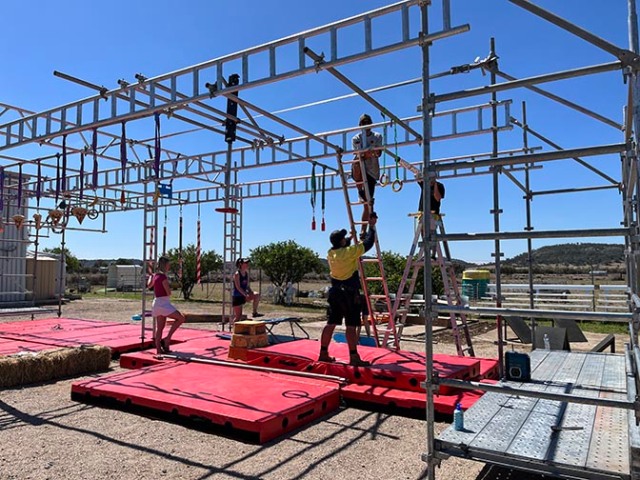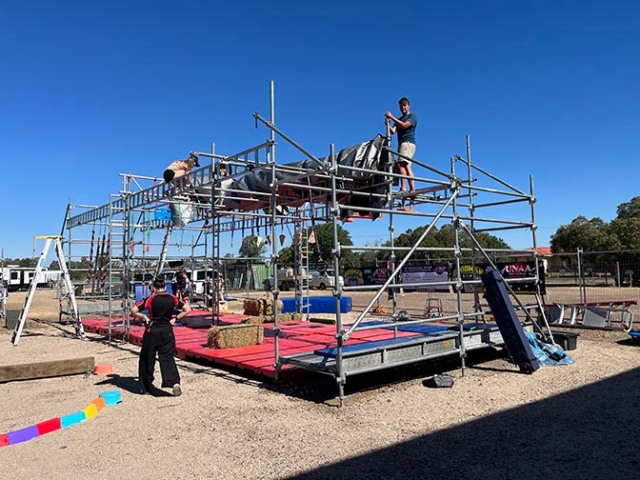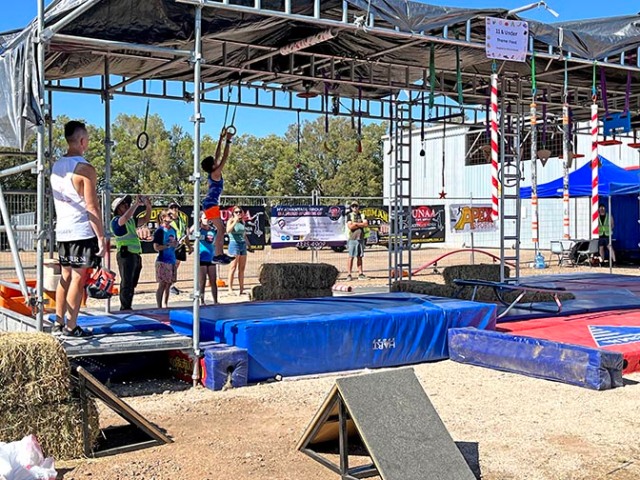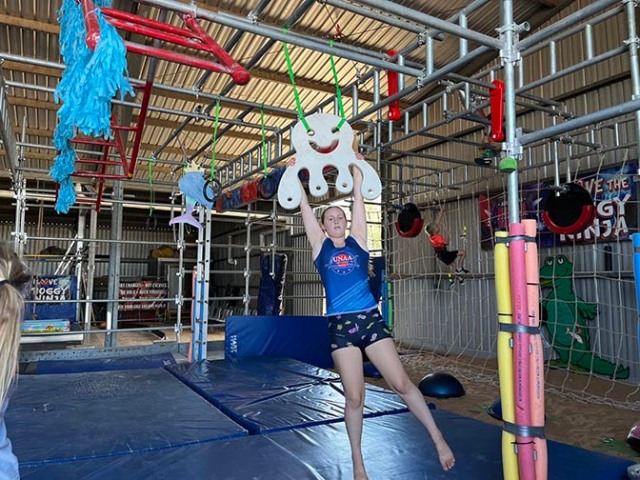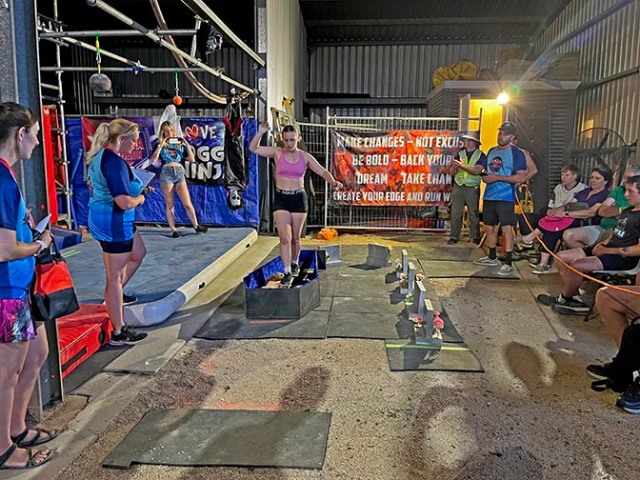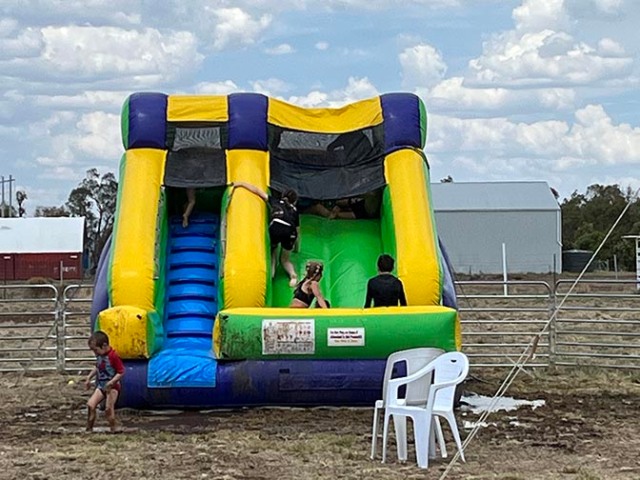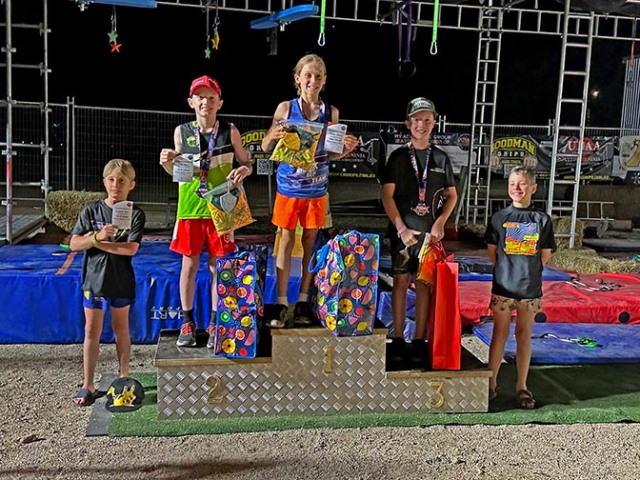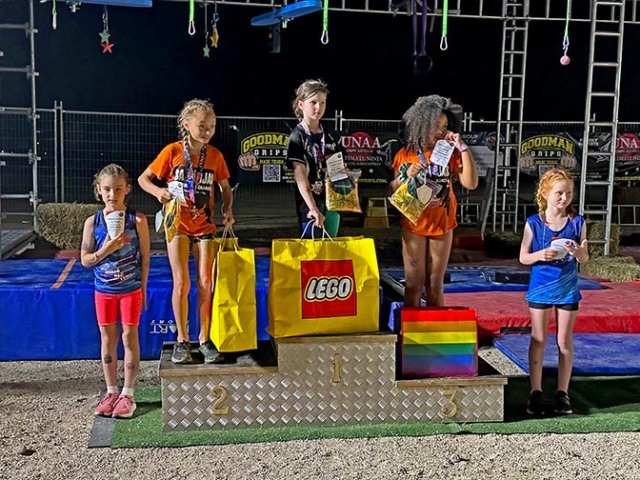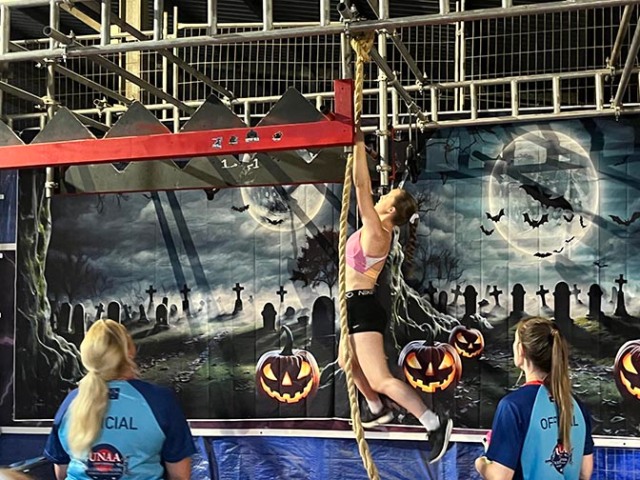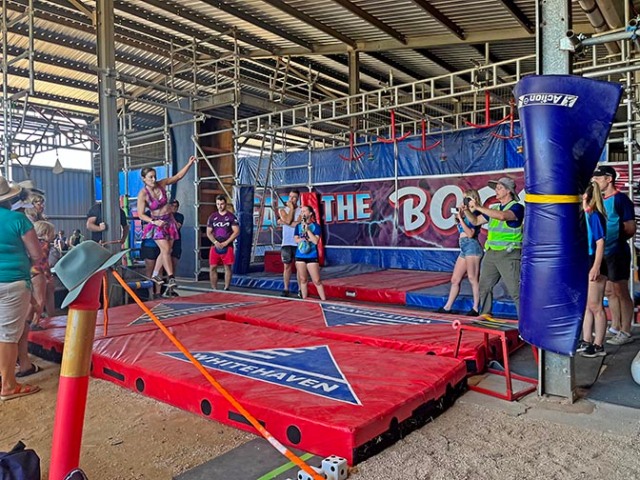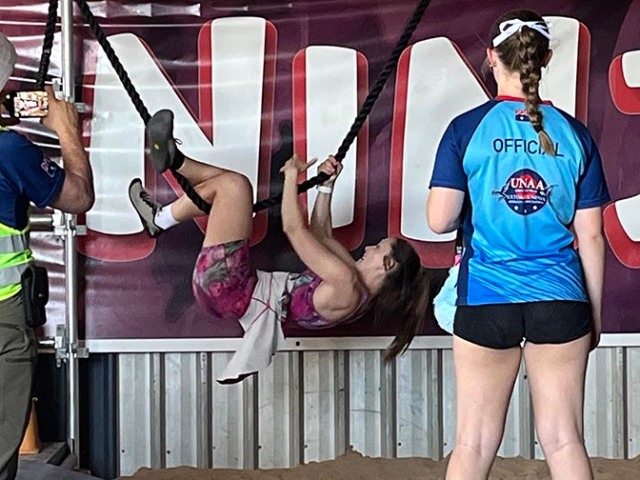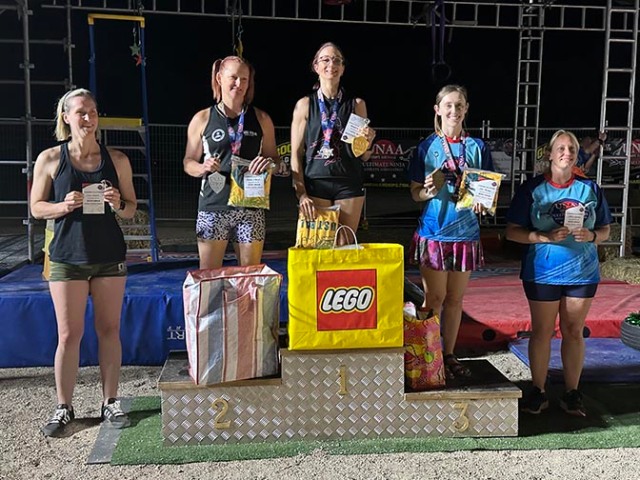
a small sample of the ducks we took on Enchanted Princess
Hiding and finding ducks has become a popular pastime on cruise ships. It all started when a 10-year-old girl named Abby brought 50 ducks to hide on a Carnival cruise in 2018. Jeep ducking started in 2020 in Canada. That makes cruise ducks the original with a 2-year head start over the jeeps.
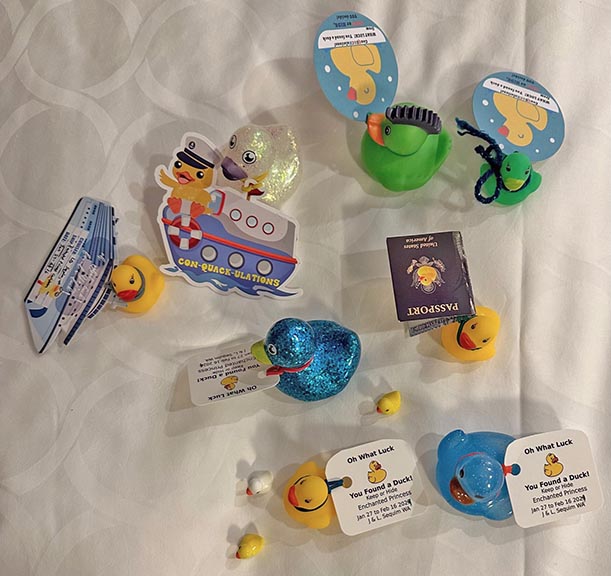
ducks tagged and ready to hide
People bring little rubber ducks onboard, usually along with tags that give a bit of information along with the duck. The tags usually say something like conquackulations or oh what luck you found a duck – maybe both. They also generally include things like who brought the duck, what ship it is on, and where the ship is cruising or where the people who brought the ducks are from. Some tags have space for the people who found a duck to add their name before they re-hide it. You don’t have to re-hide it though, the tags often also say keep or hide you decide.

tiny duck found in a statue and hidden in a game
Sometimes people take a duck from one cruise, add another tag, and then hide it on a different ship so someone else can find a well-traveled duck that has been on more than one cruise. Those are much rarer than finding a duck with a single tag. Sometimes there are ducks with no tag at all. Either they are of the very tiny sort or whoever hid it just didn’t put a tag on it. When hiding very tiny ducks they should always be placed way up high if there are any small children onboard so they are not a danger to little ones who might put one in their mouth and choke on it. There were not any small children on the Noordam where the tiny duck in the photo was found and re-hidden.
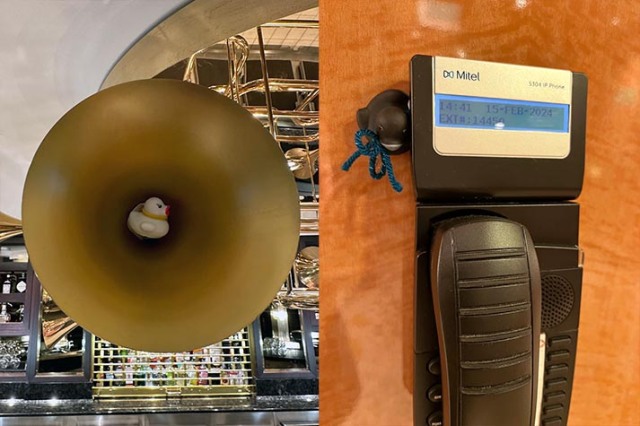
duck in a horn and one by a phone
The main rule for duck hiding is to put them in public places that are not pools or shops. The tags don’t usually specify not to put them outside, but any deck where they could fall off or blow off and end up out in the ocean is also a bad idea because ducks are for fun, not to increase plastic pollution in the ocean.
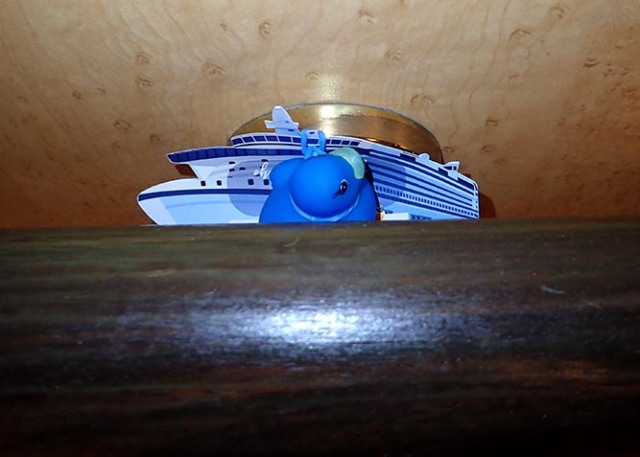
it took about a week before anybody noticed a duck behind the stairway railing
Often ducks are hiding in plain sight where the first person to come along is likely to find it, but some duck hiders are more creative looking for less obvious nooks and crannies to hide ducks in. We usually put out some stealth ducks that it would take some serious duck hunting to find and others out in more obvious easy to find places. Sometimes ducks are hiding in plain sight where it just takes looking up or down to see them, yet they might stay there for several days or more before anyone notices.
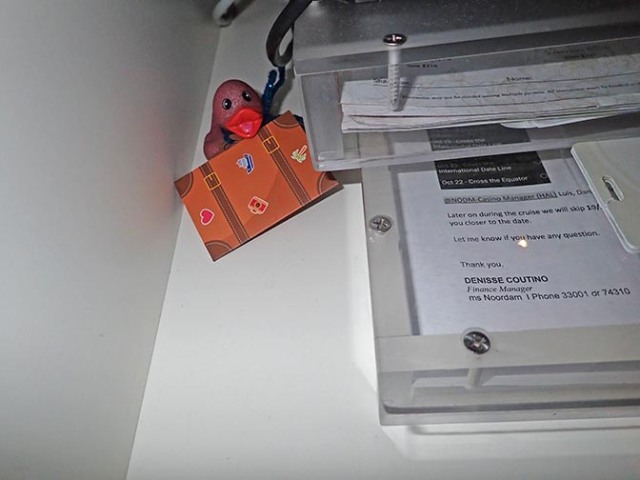
duck behind the computer at the spa desk for the spa girls to find when they come in the next morning
It’s not just passengers who look for ducks. Many of the crew like to find them too. Some of them collect ducks or try to find more than their friends have found. It always puts a smile on their face and often makes their day when they find one. They’re also happy to receive one if someone gives it to them. We often give one to crew people who have helped us with something and they always appreciate it. Especially if they don’t work the sort of position where they can be out looking for them and it’s the first one they’ve ever had.
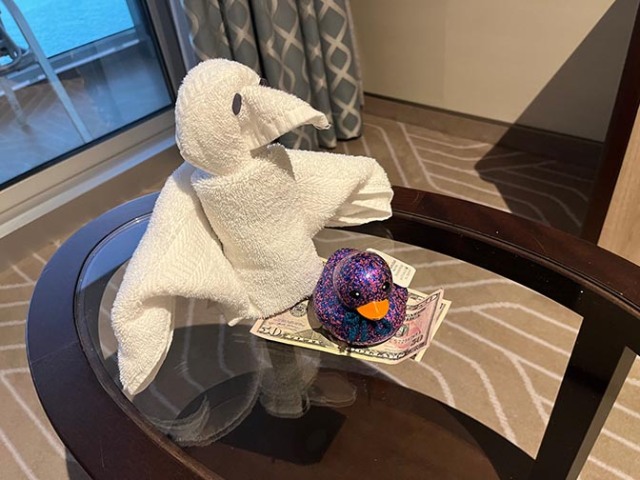
duck for the steward on Enchanted Princess – with a baby owl towel
At the end of the cruise rather than just leaving a tip for the stateroom steward, I usually make a towel animal for them whether that particular ship makes them or not. I bring a special duck for the steward – currently I have big sparkly ones for them. I leave that duck on top of the tip. Of course they would still prefer a tip over a duck, but there’s no reason they can’t have both.
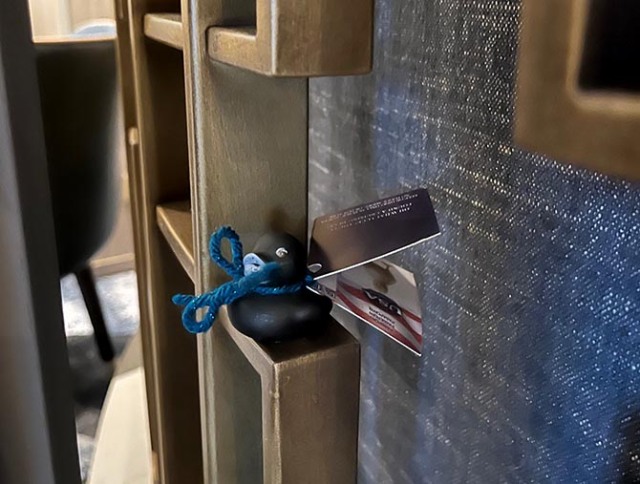
duck on a railing between couches in a lounge
While the tags generally say to put them in public places, we like to leave a few ducks hidden somewhere in the stateroom when we leave for someone down the road to find in that room. Those are always well hidden so the steward won’t find them when cleaning between when we leave and the next people come in. So far we have never found one in a room we’re staying in, but maybe someday we will.
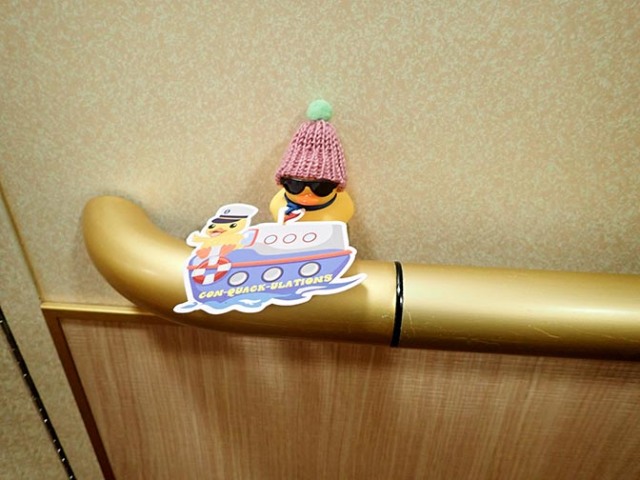
duck on a hallway railing
Putting ducks out in plain sight is a good way to get new people involved who never knew cruise ducks were a thing until they see one. Hiding some of them in hard-to-find places is also good because the obvious ones don’t stay long, but well-hidden ones make something for duck hunters to look for.
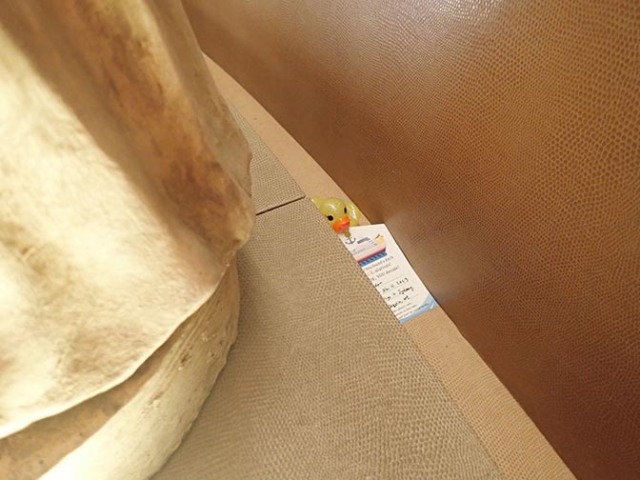
the first duck behind a row of statues sat there for several days, but once it was found lots of people looked there for ducks every time they passed by
Some ducks are tagged with specific information about where the hider would like to see a social media post from whoever found it. Facebook pages set up for a particular cruise are a popular place to post duck finds so people can see who is hiding and finding ducks on the cruise that they are currently on. There are also more permanent facebook pages dedicated to cruising ducks where people post their finds. Others have hashtags or more specific tracking info for an individual duck to follow its journey. Many don’t specify a particular place to post it, but people who find them and want to post it can post that at whatever site they use. Not everyone posts their duck finds and that is fine too. It’s just another bit of fun if people want to do it.
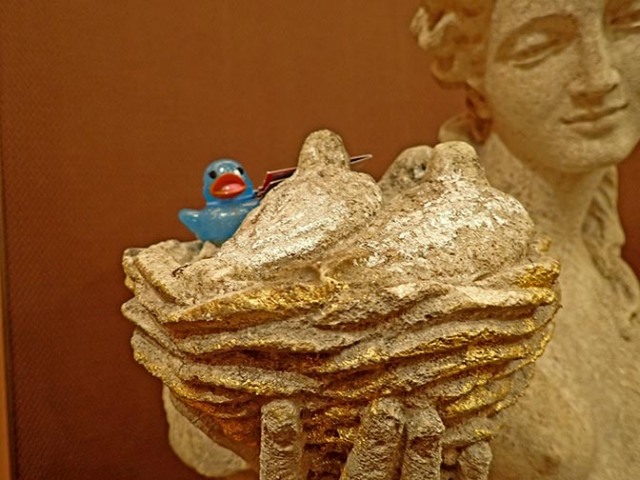
duck in a bird basket on a statue
Besides posting duck finds on facebook pages for specific cruises, people also sometimes use those pages to set up little events for the people on that page. These may include something as simple as a meet and greet, but also may include things like a duck exchange where duck hiders get together and trade ducks through some sort of a game.
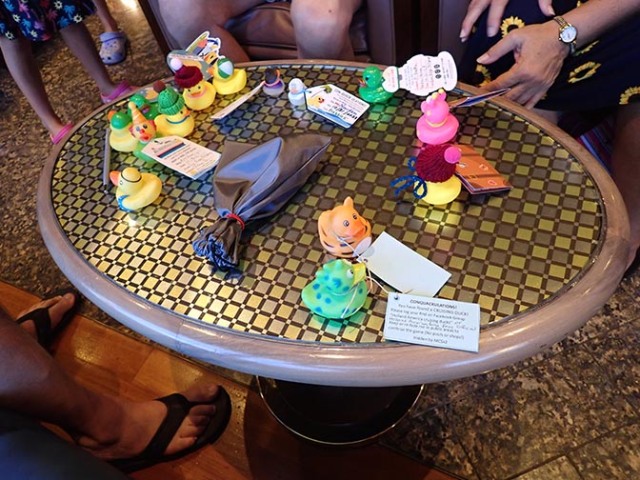
ducks that people brought to the mystery duck game on Holland America Noordam
We’ve done a mystery duck game where people each bring a duck and there’s one hidden in a bag that nobody gets to see until the end of the game. People draw numbers for the order in which they choose ducks, and can either take one from the pile or steal one someone has already chosen, including the unknown mystery duck, which usually gets the most steals. At Halloween the hidden duck was a little vampire, and on our last cruise it was a flamingo. Next time it will be a big duck received at the last duck exchange which will be really special since it will be a double tagger and those are very hard to find.
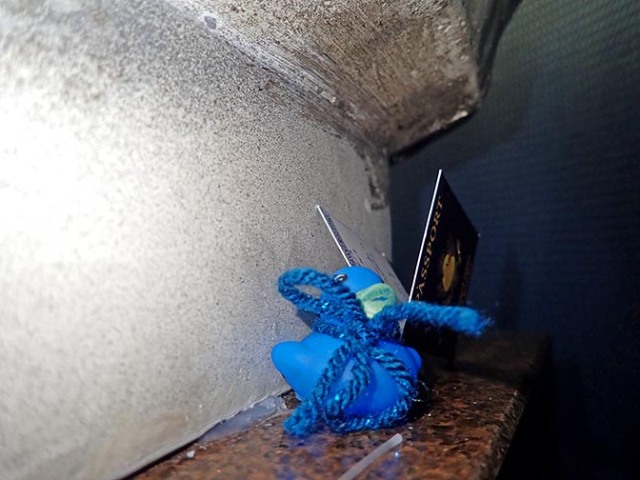
duck behind a statue
From the looks of the amount of ducks people post having found, Carnival ships have the most, which makes sense since that’s where cruise ducks originated. We have managed to find some on various other cruise lines though. We came back with 14 from our last cruise on Enchanted Princess, which is nowhere near the well over 400 that we brought, but at least we found some.
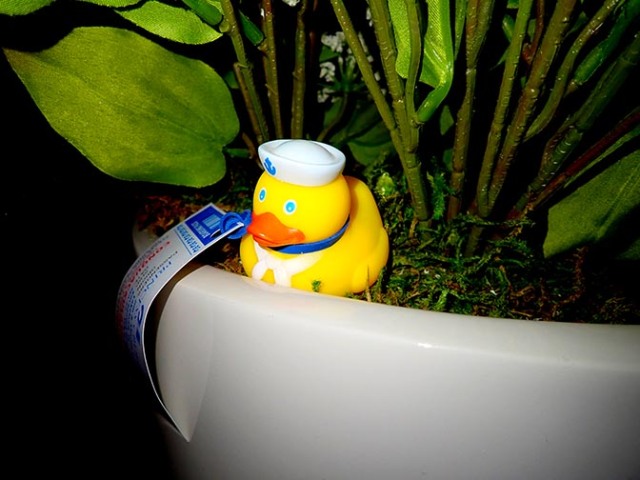
found a duck in a pot of fake plants on Enchanted Princess
One of the most popular places where people hide ducks is in plants, whether those plants are real or fake. It’s also a popular place to look for them since both crew and passengers know that people hide them there so they don’t generally stay in the planters for long.
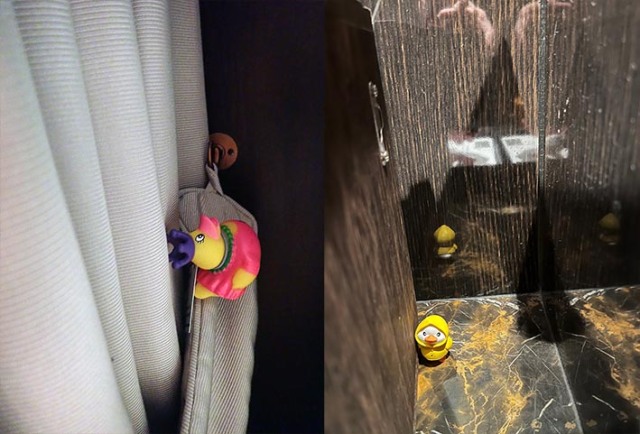
duck behind a curtain and one behind a suggestion box
People don’t often look at the undersides of tables, some of which have structure you can hang one from. Sometimes ducks placed there at the beginning of a cruise will still be there at disembarkation. Behind curtains or in window wells works until somebody does a thorough cleaning, then that person gets a major haul if there are a lot hiding there that nobody has found.
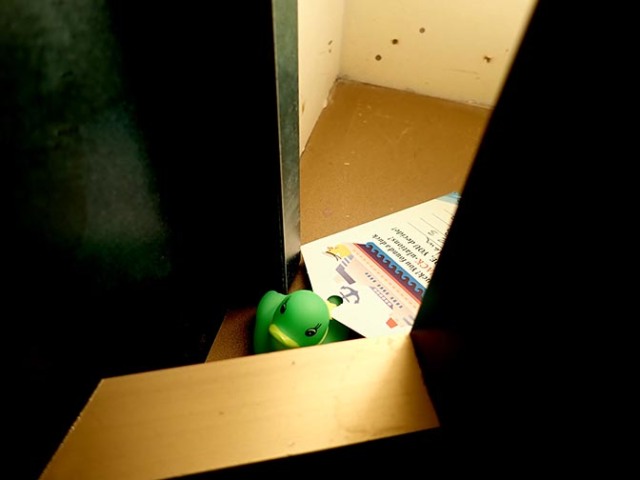
duck tucked into a hidden corner
Some ships have more good hiding places than others. Of our two most recent cruises, Holland America Noordam had all sorts of excellent hiding places while Enchanted Princess was somewhat lacking in nooks and crannies to hide ducks in. It did have a lot of planters full of fake plants, which probably all had multiple ducks hidden and found in them daily.
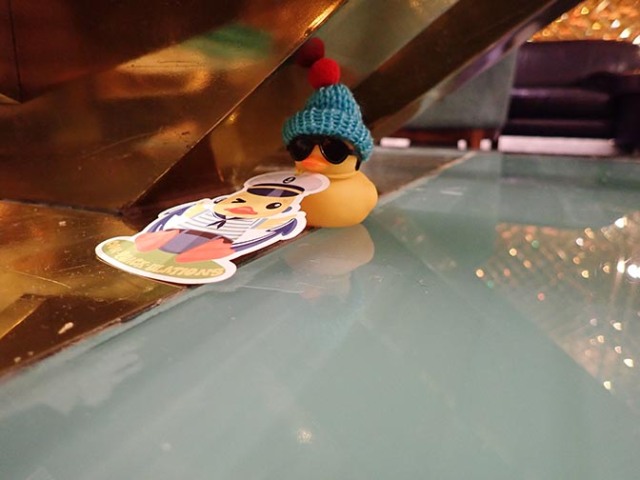
this duck sat under the stairway on the Noordam for about 3 weeks before anyone found it even though it could be seen from 2 different decks above the stairway
Stairways are another good place to put ducks since that is one of the more likely places you can go where there isn’t anyone else at least for a few minutes and there’s often artwork or railings, or on some ships somewhat hidden corners where you can put them.
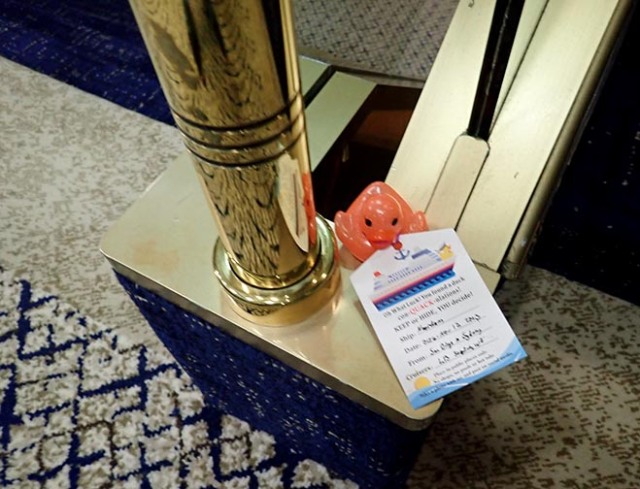
duck at the bottom of a stairway railing
High and low spots are often good places to put ducks since people don’t generally look up or down that often. Ducks in low spots of course should always be of the kid-safe variety in case a small child picks them up. Even if there aren’t many children onboard they are the most likely ones to see something low down.

duck by a stairway art boat
If you’re not into ducks and see one on a ship, just leave it be and it won’t be long before someone else comes along and is thrilled to find it. On the other hand if you’ve never heard of cruising ducks before and think it might be fun, now you know to look for them – better yet bring some to hide as well. Unless you go on a Disney cruise. For some unimaginable reason Disney banned ducks on their ships. I can understand the really tiny ones since they could pose a choking hazard and there are lots of small children on Disney, but not the actual rubber duckies, which were originally intended to be bath toys for small children. Disney really missed the boat on this one. They could have made a fortune selling Disney character themed ducks in their cruise ship gift shops.
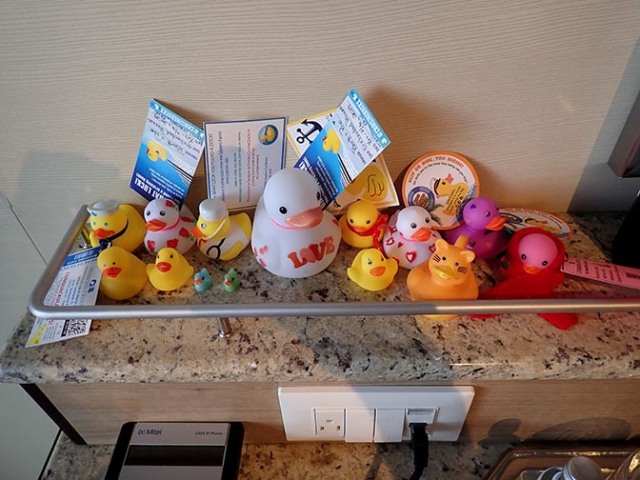
ducks we found on Enchanted Princess
Ducks are readily available online from places like Amazon, Etsy, Oriental Trading, Temu, and other sources. Duck tags are available too. You can even get kits with ducks and tags together. There are all sorts to choose from.
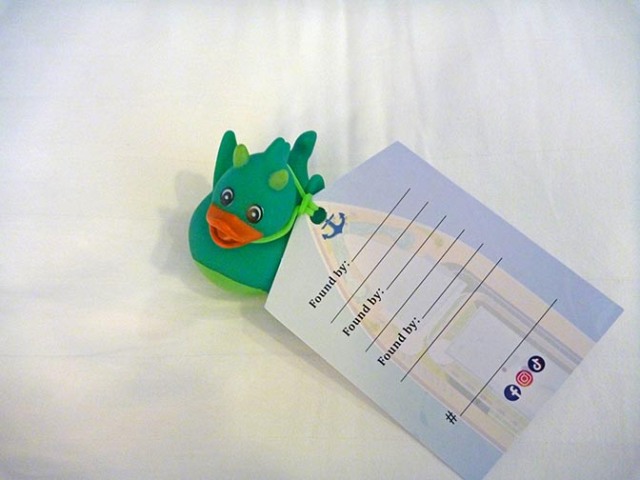
dragon duck with the backside of a tag with spots for several finders to add their information
You can get bags of random ducks where each one is different, or ducks that are all the same. There are plain yellow ducks, ducks in a variety of colors, sparkly ducks, sailor ducks, pirate ducks, holiday ducks, glow in the dark ducks, and all sorts of other ducks. They also come in different sizes. Some of them aren’t even exactly ducks. The variety bags tend to include things like duck dogs, duck cats, little monsters or dragons, and other semi-duck animals. You can also buy things like penguins or flamingos.
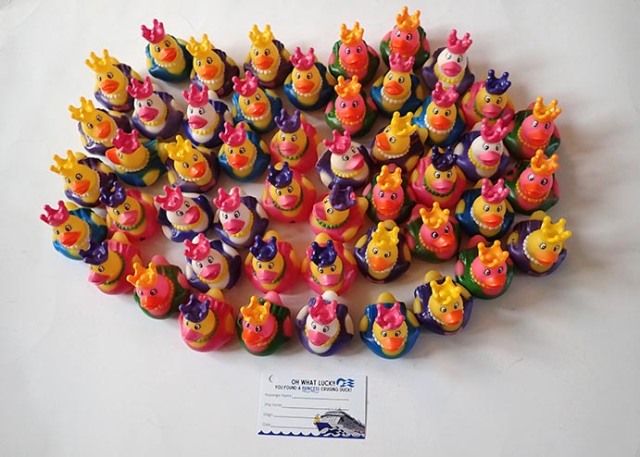
princess ducks for a Princess cruise – we had Princess tags for them too
Theming ducks to a cruise is fun, like specific holiday ducks for a cruise taken at or near a holiday, or summer ducks for warm places and winter ducks for cold places. They can also be themed to the ship in some instances such as ducks that are little princesses for a Princess cruise. Whatever the ducks look like people are happy to find them.

valentine ducks from Enchanted Princess
When cruising on or around a holiday it’s fun to bring holiday ducks.
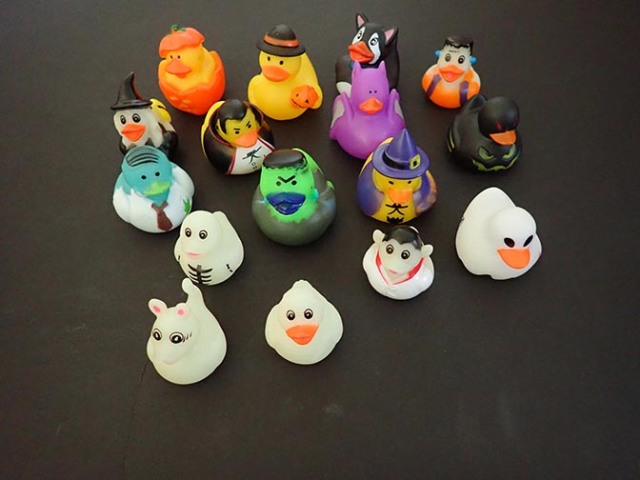
a small sample of our Halloween ducks from the Noordam
Copyright My Cruise Stories 2024














